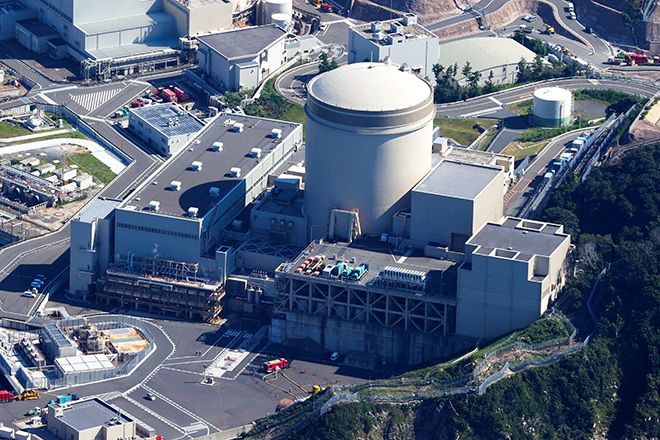Kansai Electric Power Co. is mulling whether to become the first utility to construct a new reactor since the 2011 triple meltdown at the Fukushima No. 1 nuclear power plant.
It is moving to hold meetings in the coming week with local governments in Fukui Prefecture where the utility already has nuclear plants to explain its intentions, sources said.
In 2010, Kansai Electric officials began looking into replacing the No. 1 reactor at the Mihama nuclear power plant in Fukui. In 2015, it decided to decommission the reactor.
But the earthquake and tsunami disaster that crippled the Fukushima plant put paid to that plan.
Because the study at Mihama was dropped after the Fukushima crisis, the most likely scenario would be to resume topographical and geographical studies around the Mihama area. This would have to be done from scratch.
Kansai Electric currently operates seven reactors in Fukui Prefecture, the most of any major utility in Japan.
Five of those reactors have been in operation for more than 40 years.
Under revised legislation following the 2011 disaster, the operating life of reactors can be extended to 60 or more years if the Nuclear Regulation Authority gives approval.
About 20 years are needed from initial studies before a new reactor can be built.
Constructing or replacing reactors has been a major issue for utilities because many reactors began their working lives decades ago.
Japan’s nuclear policy has undergone a significant shift since the 2011 disaster. The government is now relying more on nuclear power, citing growing demand for clean energy with the increase in power-hungry database centers and the long-term goal of moving toward a carbon neutral future.
Replacing existing reactors with next-generation innovative reactors was given the green light in basic guidelines for a green transformation of Japan’s energy needs announced by the government in February 2023.
In its energy basic plan compiled earlier this year, the government removed wording whenever possible about reducing dependence on nuclear power. The wording was standard stated policy in the aftermath of the Fukushima accident.
The government’s goal for fiscal 2040 is for nuclear energy to account for about 20 percent of the nation’s total energy needs, double the current figure.
Kansai Electric President Nozomu Mori has repeatedly called for new nuclear reactors to be built as long as they can be operated profitably.
One factor behind the latest move by Kansai Electric is the plan put together by the Ministry of Economy, Trade and Industry in June to support utilities by allowing them to tack on to electric bills a certain amount in the event estimated construction costs increase during the building process.
A Kansai Electric executive acknowledged that the environment facing utilities has changed with renewed recognition of the value of nuclear energy as a way of moving toward a carbon neutral future, especially in comparison to the period soon after the Fukushima accident.
